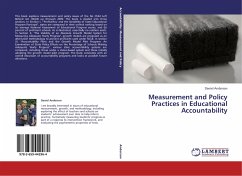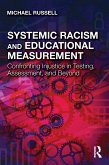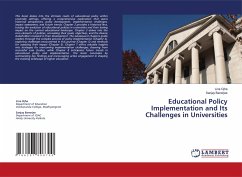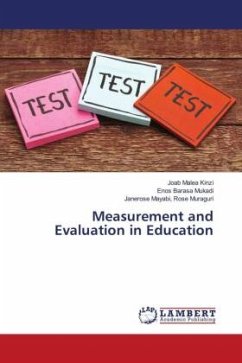This book explores measurement and policy issues of the No Child Left Behind Act (NCLB) up through 2009. The book is divided into three sections. In Section I, "'Proficiency' and the Variability of State Educational Program Portrayal", states are compared in their ordinal ranking based on (a) average National Assessment of Educational Progress scores, and (b) percent of proficient schools. As is illustrated, essentially no relation exists. In Section II, "The Viability of an Absolute Growth Model System for Measuring Adequate Yearly Progress", growth models are proposed as an alternative methodology to percent proficient used under NCLB. In section III, "Accountability Plans and the Growth Model Pilot Program: An Examination of State Policy Effects on the Percentage of Schools Making Adequate Yearly Progress", various state accountability systems are compared, including those under a status-based system and those initially adopting the growth model pilot program. The book concludes with an overall discussion of accountability programs and looks at possible future directions.
Hinweis: Dieser Artikel kann nur an eine deutsche Lieferadresse ausgeliefert werden.
Hinweis: Dieser Artikel kann nur an eine deutsche Lieferadresse ausgeliefert werden.








